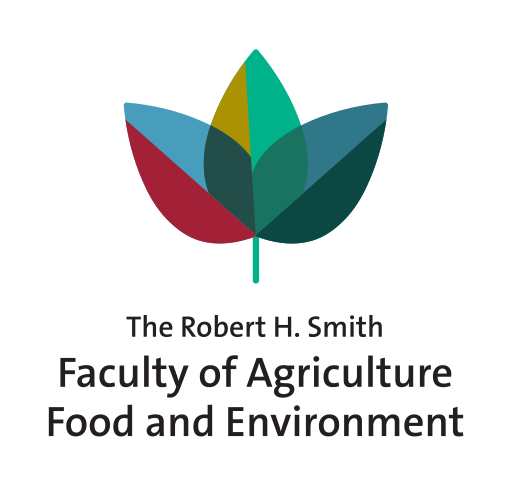Citation:
Abstract:
Sesame is mainly cultivated under traditional, low-input agro-systems. Recent breeding developments promoted the modernization and mechanization of sesame cultivation. However, only a few articles have been published concerning fertilization requirements for both modern and traditional agro-systems. In field trials at two locations, we determined the response of irrigated sesame to nitrogen (N). Three promising sesame lines were tested combining two irrigation levels with four N levels. At a high irrigation level, N had a significant effect on growth, branching, and consequently, seed yield exceeding two-ton ha−1. A high N doze was accompanied by a decrease in the photosynthetic rate and leaf water potential. The δ13C confirmed lower stomatal conductance under high N treatments. Under deficit irrigation, the N level had a minor effect on the monitored parameters, indicating N fertilization was not efficient. Seed oil content was negatively correlated with seed N concentration. Our results question the necessity of N application when water is limited, as N fertilization promotes vigorous development that rapidly depletes soil water. Thus, water availability should be considered when developing an N management strategy. For high-yielding agro-systems, roughly 80–120 kg ha−1 N is required for optimal yield, bearing in mind the negative association between seed-N and oil content.

